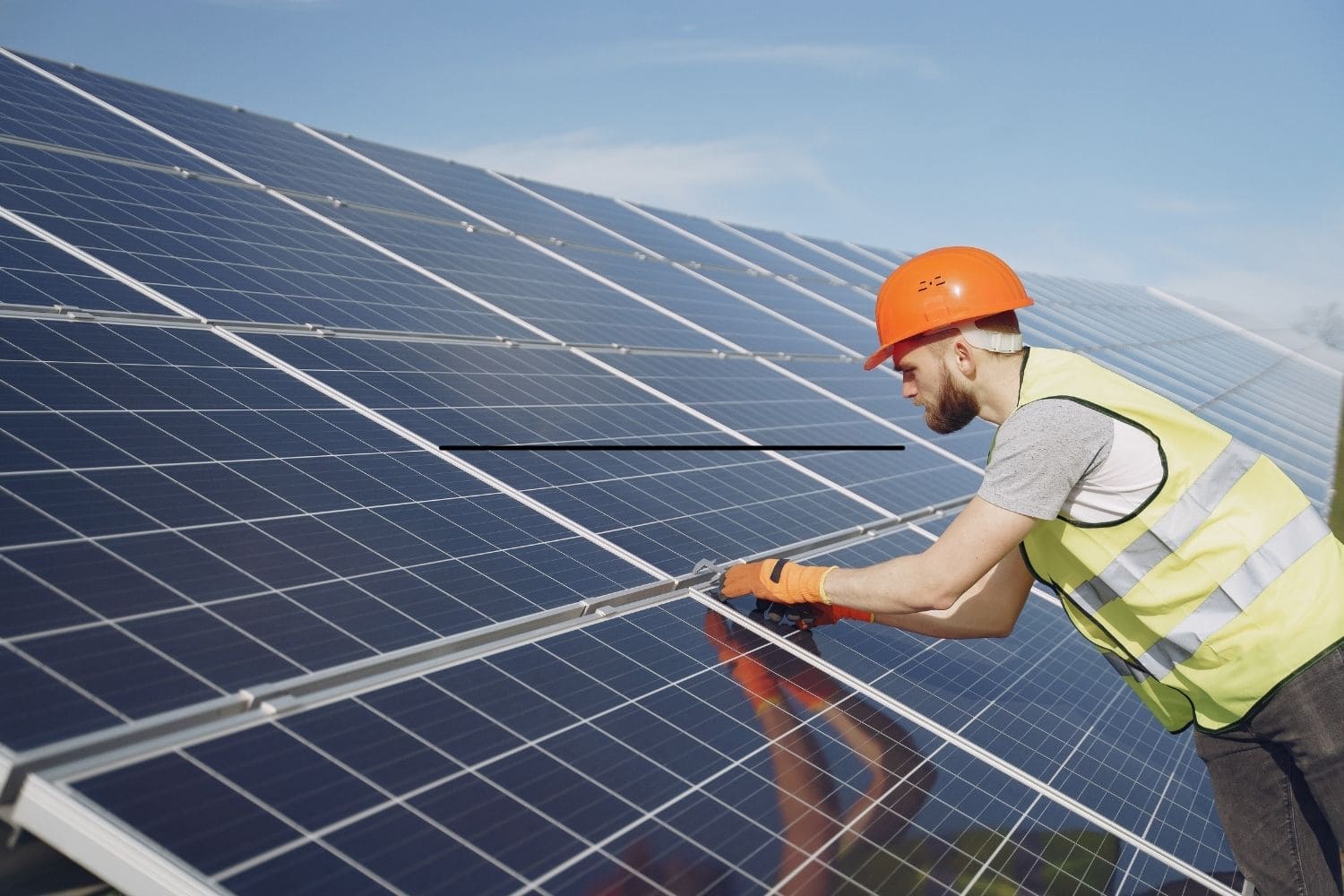Collaborative post
Did you know that solar power is now the cheapest electricity source in history? It costs less than coal, gas, and even the least expensive new fossil fuel.
That should be enough of an incentive for you to make the switch.
However, it’s vital to learn more about on-grid solar first, as it’s your primary option. Knowing what it is, how it works, and its benefits can help you determine if it’s right for you.
We’ve covered the crucial facts you need to know in this FAQ, so be sure to keep reading.
What Is an On-Grid Solar System?
On-grid solar systems also go by the name grid-connected solar energy systems. Those terms come from the fact that they connect to a utility grid. They consist of PV panels, inverters, a power conditioning unit, and grid connectors.
Like other solar systems, a grid-connected solar system generates energy during the day. However, its connection to the grid allows it to draw power from a utility provider after the sun has set.
How Does It Work?
An on-grid solar system for home use utilizes solar PV panels to harness energy from sunlight. The panels generate direct current (DC) electricity and send it to the inverter. The inverter then converts the DC electricity to alternating current (AC) electricity.
From there, you can use the converted AC electricity to power and run your electronics.
What Are the Benefits?
On-grid solar often costs less than an off-grid or hybrid solar system as it doesn’t need batteries. That makes it an ideal choice if you want to go solar on a budget.
Grid-connected systems may also qualify for a billing mechanism called net metering. It credits system owners for the surplus electricity they send to the grid. So, even if you have to tap the grid for power at night, having enough credits may lower or offset your bill.
Moreover, some local utility companies offer incentives for on-grid solar systems. One example is Colorado Springs Utilities (CSU). According to Blueravensolar.com/colorado/solar-panel-installers-colorado-springs/, CSU provides a rebate of $0.25 per watt to its grid customers.
Don’t forget about the 26% federal solar investment tax credit (ITC) you can get until the end of 2022. That drops to 22% for installations placed in service in 2023, though. The residential ITC expires in 2024, so it’s best to act fast before you miss out on it.
What if There’s an Outage?
The number of power outage incidents in the US may have decreased in 2020, but they were longer. So much so that the 1.33 billion outage hours in 2020 reflected a 73% jump from the previous year.
Unfortunately, an on-grid solar system shuts down during such incidents. It’s an automated safety mechanism preventing electricity from going back into the grid. That way, utility workers can stay safe while fixing the grid to restore power.
If you want your on-grid solar system to store energy for such events, you can add batteries to it. That’s easy to do if you have a storage-ready system. Otherwise, you can convert it into a DC-coupled or AC-coupled hybrid solar system.
Find Your Solar Provider Now
There you have it, all the vital facts you need to know about on-grid solar systems. Now you know that it’s a system connected to the grid and that it gives you access to power at night. You also learned that it credits you for any excess energy you send to the grid.
So, if that sounds like a fantastic deal to you, be sure to start comparing local solar companies ASAP.
Did you like this post? You’re sure to love our other guides, then, so check out more of our blog now!

